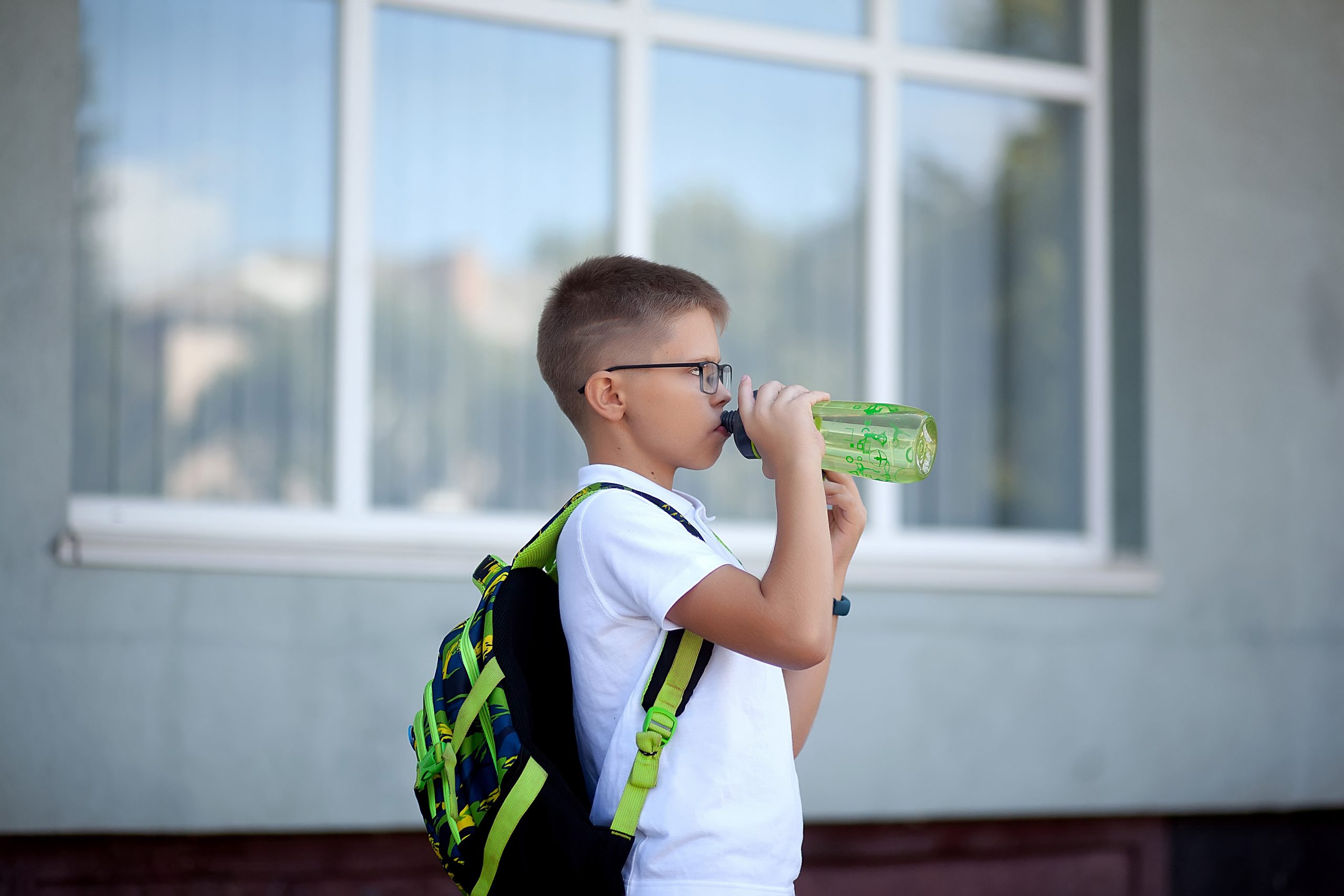And pee matters, too…. WHA raises awareness of importance of hydration for children
Many of us are aware that drinking more water has health benefits but, for children especially, knowing when you are thirsty isn’t a given. A recent UK National Diet and Nutrition survey has highlighted that as many as 25% of children are drinking less than one glass of water a day. The issue is exacerbated by the fact that children are more prone to the risk of dehydration than adults as they have a higher total body water content, and higher respiratory and metabolic rates. To maintain healthy levels of hydration it is advised that children drink between six to eight glasses of water per-day. And while this is concerning from a health perspective, academic performance could also be affected.
In launching its Water Matters in Schools campaign, the Water Dispenser and Hydration Association (WHA) is working to raise awareness amongst teachers and other school staff about the importance of hydration.
Available to view and download on twha.co.uk, ‘Water Matters for Children’ is a leaflet highlighting some of the current issues with hydration levels in school children, and how this can impact not only their wellbeing but their academic performance too. It offers advice, potential solutions and the WHA’s ‘Healthy Hydration Chart’, aka ‘The Pee Chart.’ This consists of different colour bars, from pale yellow to borderline brown, all succinctly stacked together to indicate what healthy and unhealthy urine looks like.
“The colour of your pee is a clear indicator of how well hydrated you are,” says Phillipa Clow, General Manager of WHA. “Our Healthy Hydration Chart shows these colours in a very clear and direct way and what they mean. If, for example, the colour of your urine is a dark shade of yellow, you know your body requires more water.”
Water and dairy milk are the only drinks recommended to children by health professionals. Water needs to be easily accessed throughout the day and is calorie free. Other drinks and juices with natural or added sugar are acceptable in moderation, and preferably with a meal, but these should never be used as a main source of hydration.
While water is easily accessible to most adults, for children it’s a bit more complicated. They need to be prompted to drink more water and, in primary and secondary schools, this responsibility falls to the staff.
“Children need to be taught to recognise when they are thirsty,” says Phillipa “Healthy hydration can be encouraged in simple ways, like ensuring each pupil has water on their desks. Teaching the benefits of hydration to children early could mean healthy habits are encouraged for life.”
The WHA ‘Water Matters’ leaflet offers a succinct and comprehensive overview of hydration in children. Using it in combination with the Water Hydration Chart, which could be displayed in school toilets, can help drive the message further, acting as a reminder for children and education staff to check their urine to see how hydrated they are.
Beyond the clear health benefits regular water replenishment provides to children, recent studies have indicated that class performance is a factor, too. According to a study by the University of East London, pupils offered extra water to their normal drinking habits performed more proficiently during various visual attention tasks compared to those that weren’t. This indicates that well hydrated pupils and students who drink water specifically are better focussed, which could in turn aid exam performance, too.
“The message is ‘good hydration is good for education,’” says Phillipa.
While water options for schools can be plentiful, dispensers are a convenient choice and serve as a visual cue to drink more water. With dispensers there is the option for bottled or mains-fed. The former is preferable to those seeking natural or spring water. However, if accessibility permits, a mains-fed unit negates the need for bottle storage.
Reusable bottle filling stations also reduce the need for bottle storage as well as helping to reduce plastic waste, and are an increasingly popular choice for schools. Options like hands free operation help to maintain the hygiene of the dispenser throughout the day and provide a convenient method to allow pupils to refill their own reusable bottles.
“Whatever style of dispenser you choose, you need a trusted supplier,” says Phillipa. “WHA members must adhere to strict standards of safety and hygiene. They are audited every year, to ensure standards are maintained, with specialised training for the hydration industry.
“WHA members therefore know what they are doing because they have proven to be experts within their field.”
Hydration, like education, goes beyond the classroom. “If we encourage children at school to drink water it provides a healthy foundation for life,” says Phillipa. “If schools want the best for their pupils, both academically and for general wellbeing, they should consider putting water at the top of the class!”
More information, including the ‘Why Water Matters for Children’ leaflet and the Healthy Hydration Chart, is available on The WHA’s official website.

